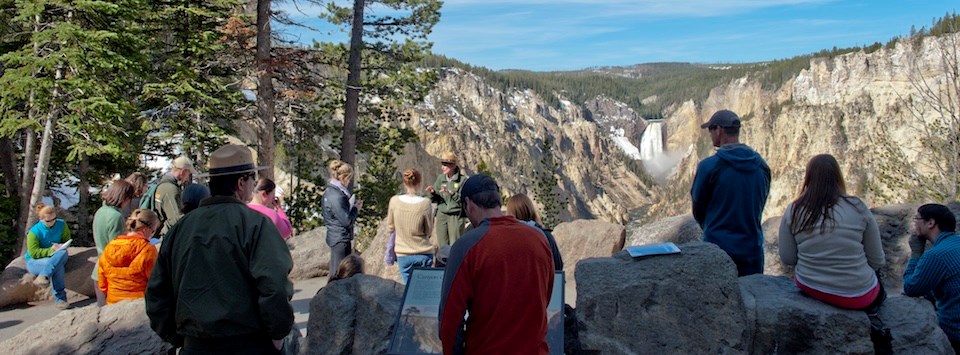
NPS/Jay Elhard Purpose StatementYellowstone National Park, the world’s first national park, was set aside as a public pleasuring ground to share the wonders and preserve and protect the scenery, cultural heritage, wildlife, geologic and ecological systems and processes in their natural condition for the benefit and enjoyment of present and future generations. Significance of Yellowstone
Mission StatementPreserved within Yellowstone National Park are Old Faithful and the majority of the world’s geysers and hot springs. An outstanding mountain wildland with clean water and air, Yellowstone is home of the grizzly bear and wolf and free-ranging herds of bison and elk. Centuries-old sites and historic buildings that reflect the unique heritage of America’s first national park are also protected. Yellowstone National Park serves as a model and inspiration for national parks throughout the world. The National Park Service preserves, unimpaired, these and other natural and cultural resources and values for the enjoyment, education, and inspiration of this and future generations. Two "Organic Acts"The laws creating Yellowstone National Park and the National Park Service are both called “The Organic Act” because each created an entity. (Also called enabling legislation.) However, the name most often refers to the law that created the National Park Service. To avoid confusion, we refer to the laws by their names as listed in the US Code Table of Popular Names: The Yellowstone National Park Protection Act and The National Park Service Organic Act. 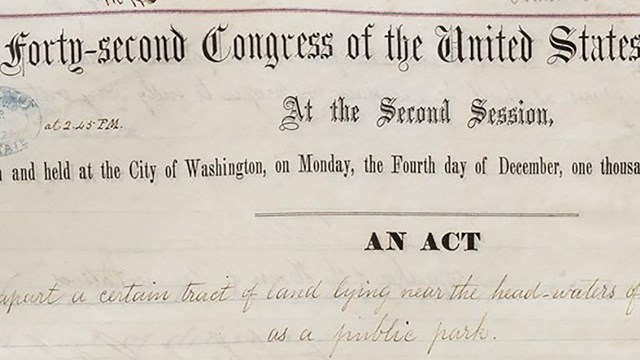
Yellowstone National Park Protection Act
The United States Congress established Yellowstone National Park in 1872. 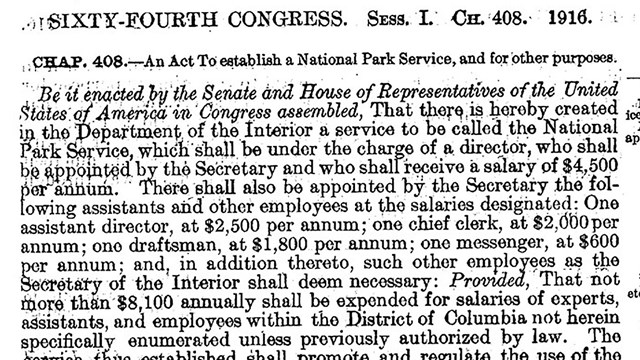
National Park Service Organic Act
The National Park Service Organic Act was passed by Congress and approved by President Woodrow Wilson on August 25, 1916. Environmental LawsBeginning in the late 1960s, the US Congress passed an unprecedented suite of laws to protect the environment. The laws described here particularly influence the management of our national parks. The Wilderness Act of 1964 particularly influences the management of national parks. The National Environmental Policy Act (NEPA), passed in 1970, establishes a national policy “to promote efforts which will prevent or eliminate damage to the environment … stimulate the health and welfare of man … and enrich the understanding of ecological systems …” It requires detailed analysis of environmental impacts of any major federal action that significantly affects the quality of the environment. Environmental assessments (EAs) and environmental impact statements (EISs) are written to detail these analyses and to provide forums for public involvement in management decisions. The Clean Air Act (1970) mandates protection of The Clean Water Act (1972) is enacted to “restore and maintain the chemical, physical, and biological integrity of the Nation’s waters” by prohibiting the discharge of pollutants. The Endangered Species Act (1973) requires federal agencies to protect species that are (or are likely to become) at risk of extinction throughout all or a significant part of their range. It prohibits any action that would jeopardize their continued existence or result in the destruction or modification of their habitat. 
Park History
Learn about Yellowstone's story from the earliest humans to today. 
Birth of a National Park
Learn about Yellowstone's early days as a national park. 
Today's National Park Service
The National Park Service has grown to manage ~83 million acres in all 50 states, the Virgin Islands, Puerto Rico, Guam, and American Samoa. 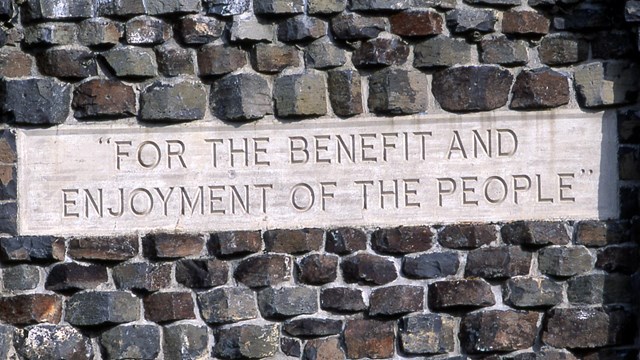
Modern Management
Managing the national park has evolved over time and dealt with some complex issues. 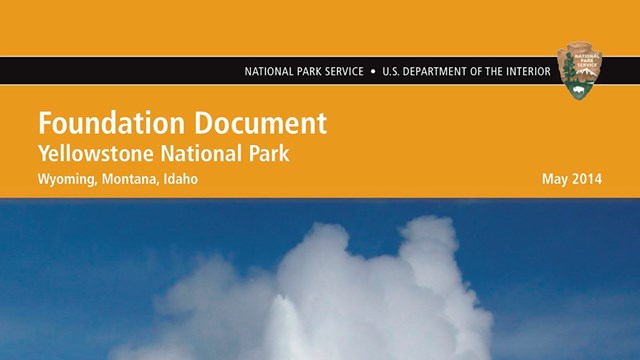
Foundation Document (PDF)
A document that provides basic guidance for planning and management decisions. |
Last updated: June 4, 2018
